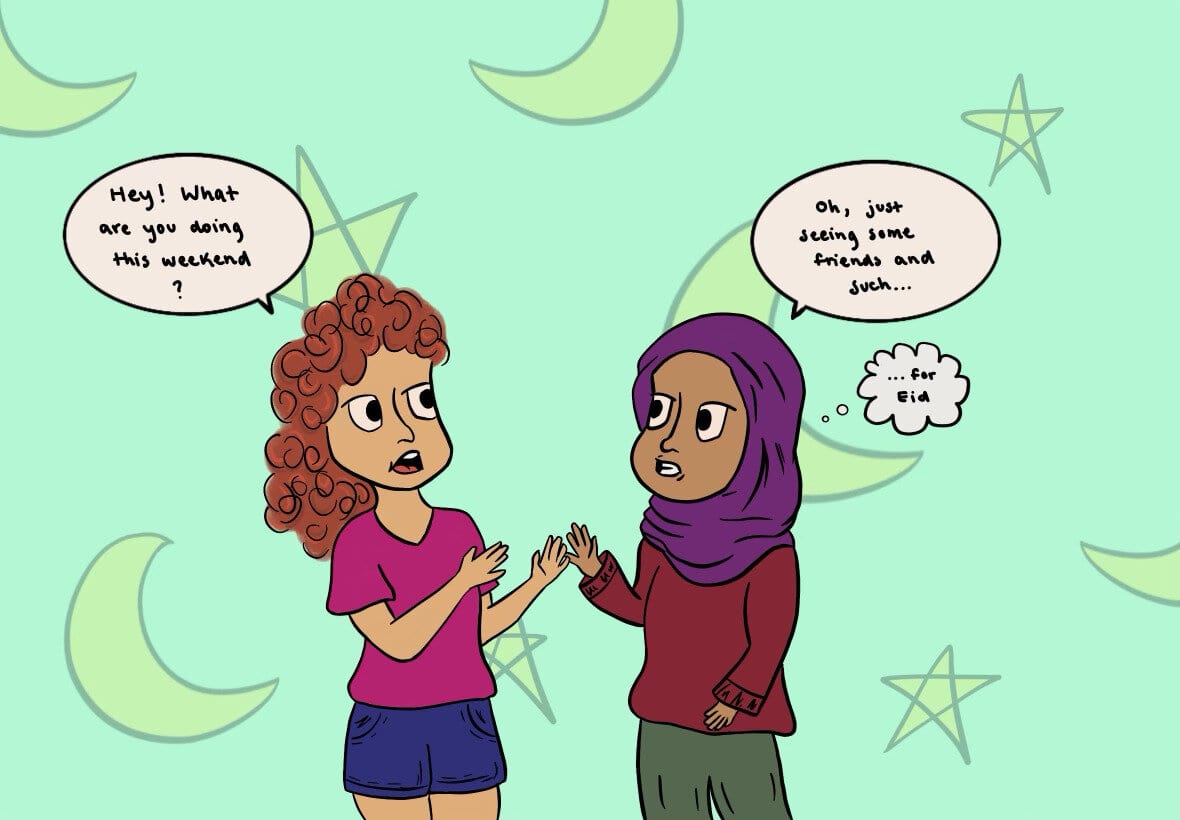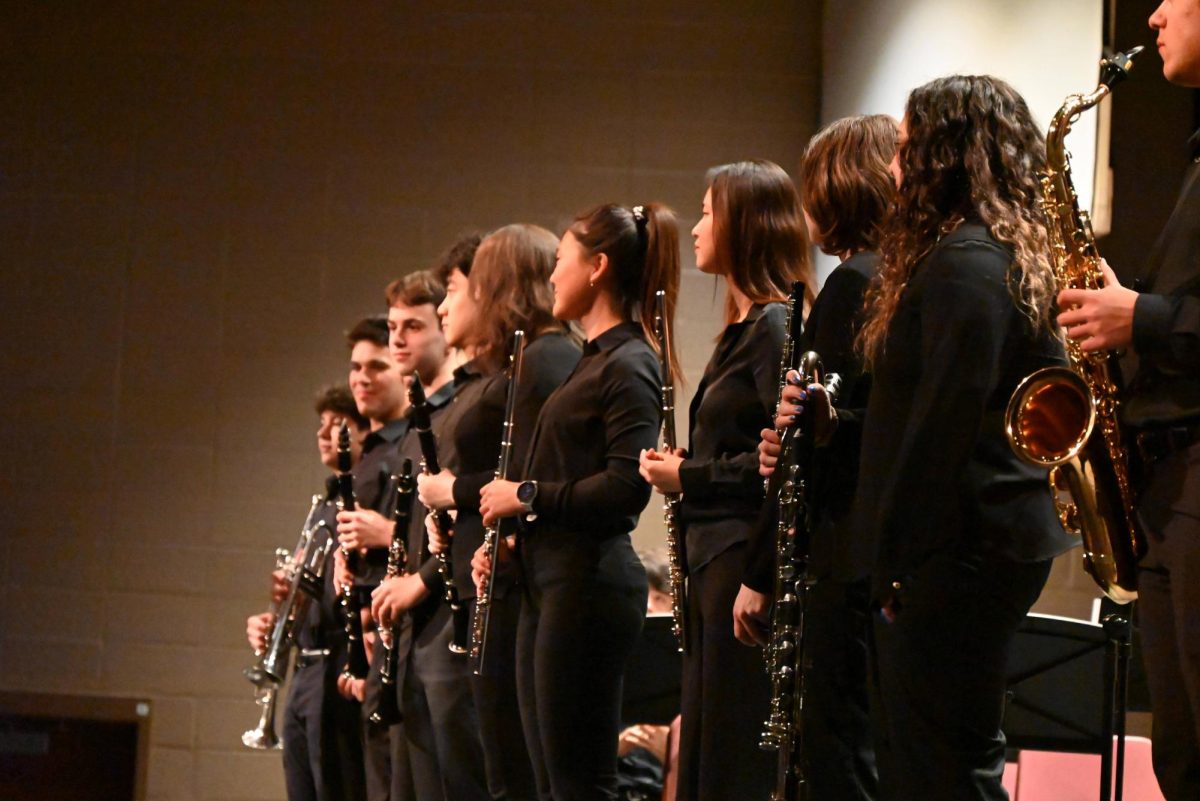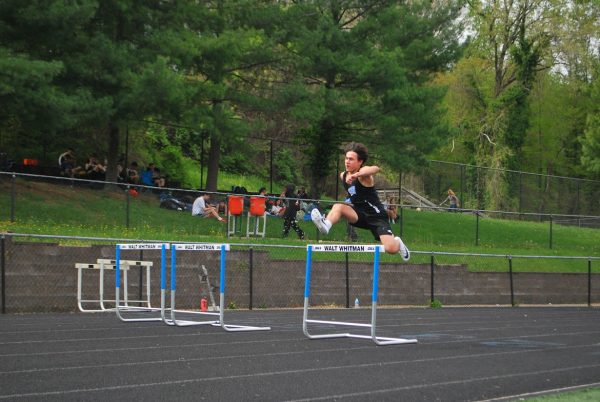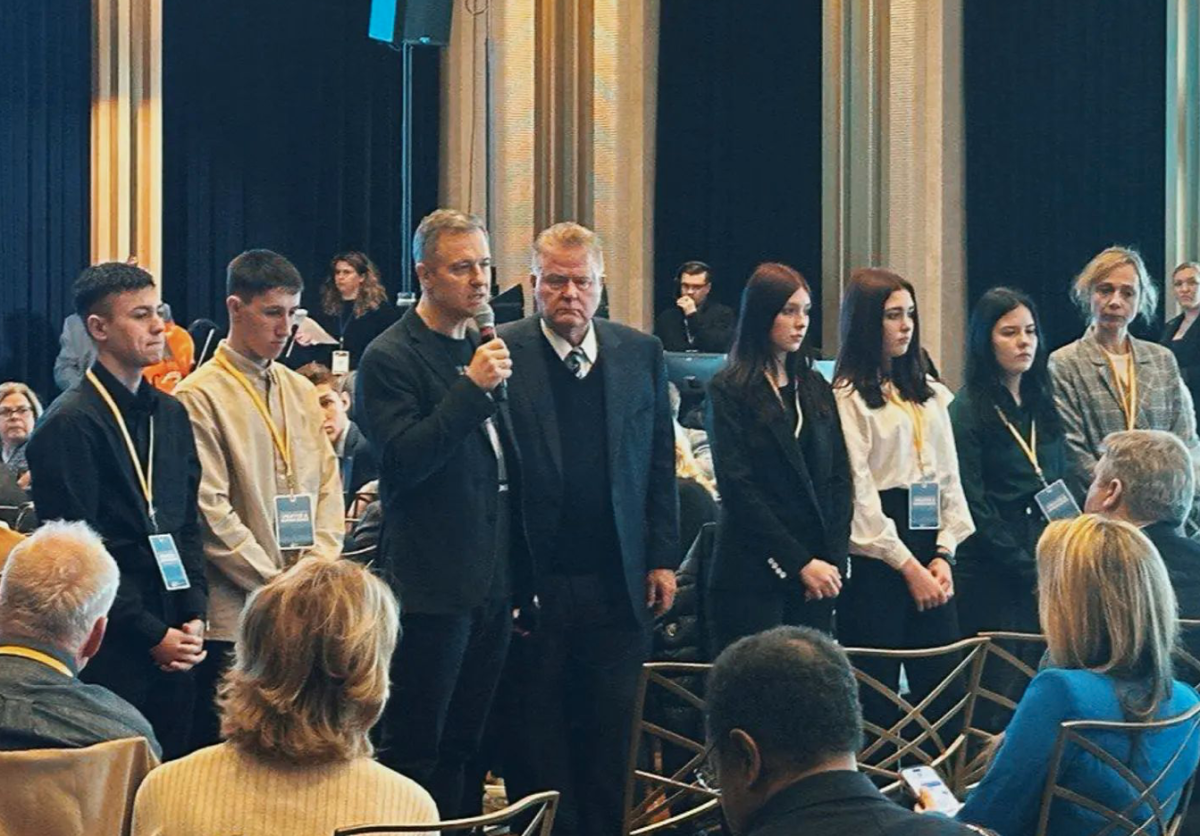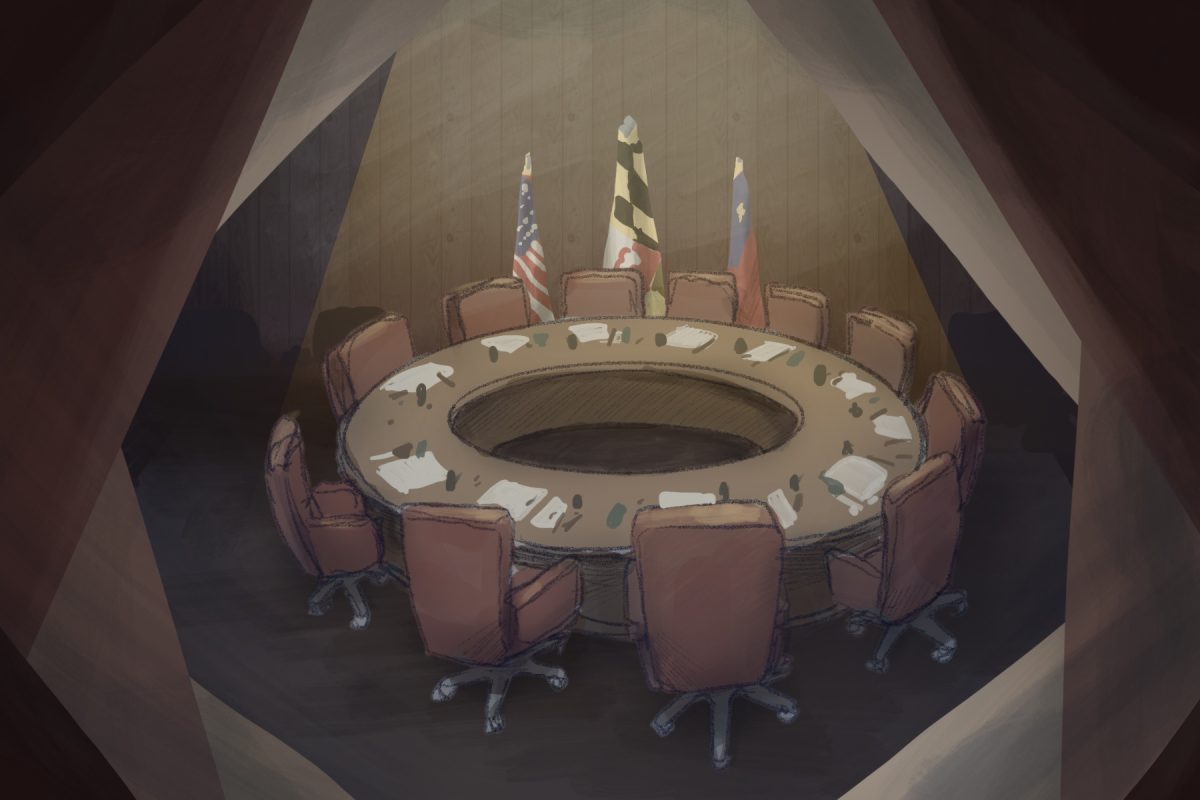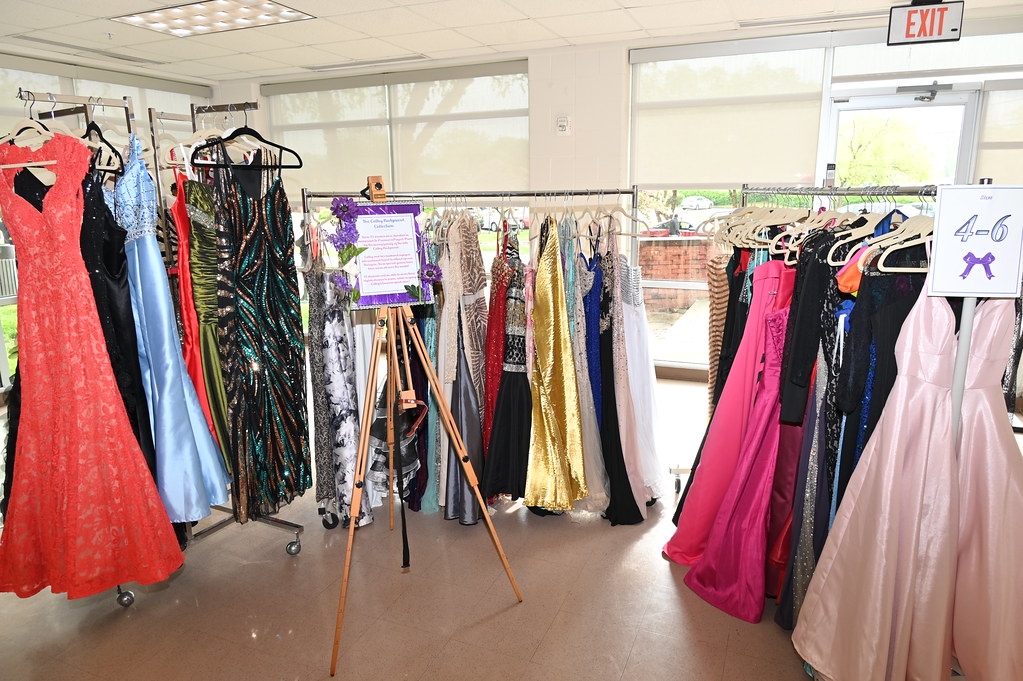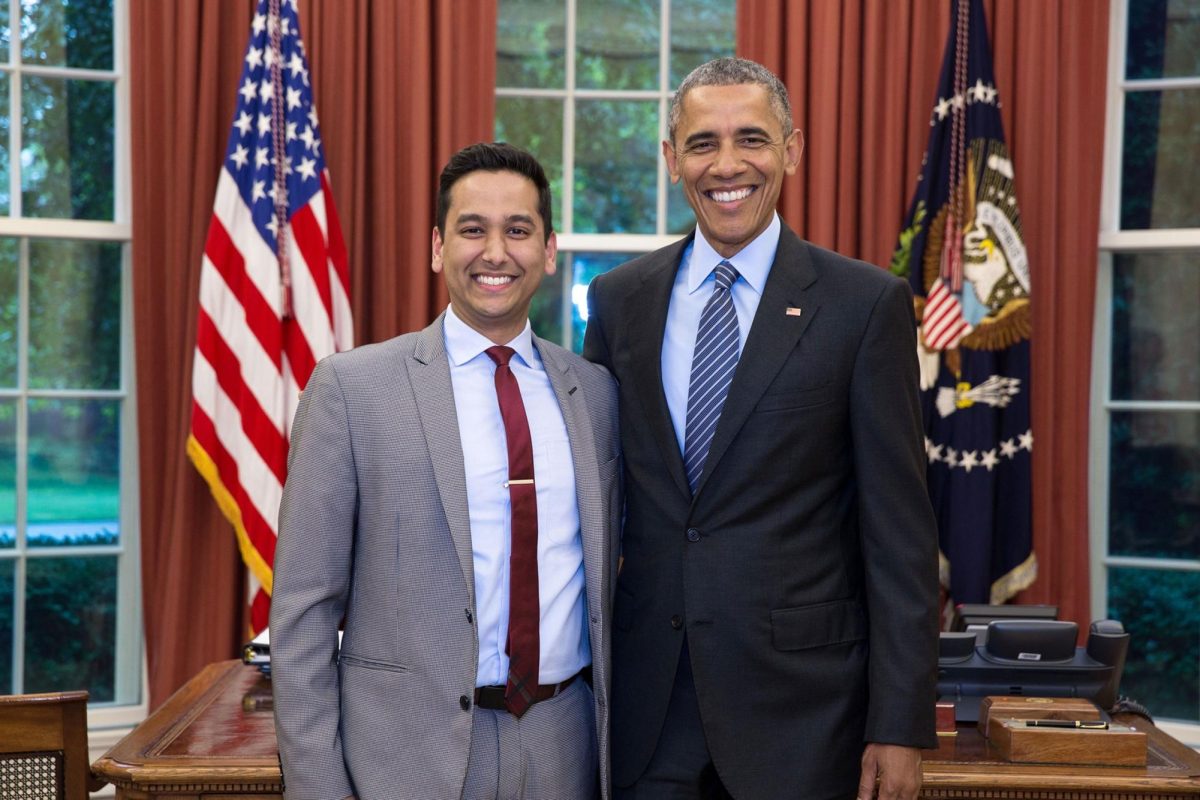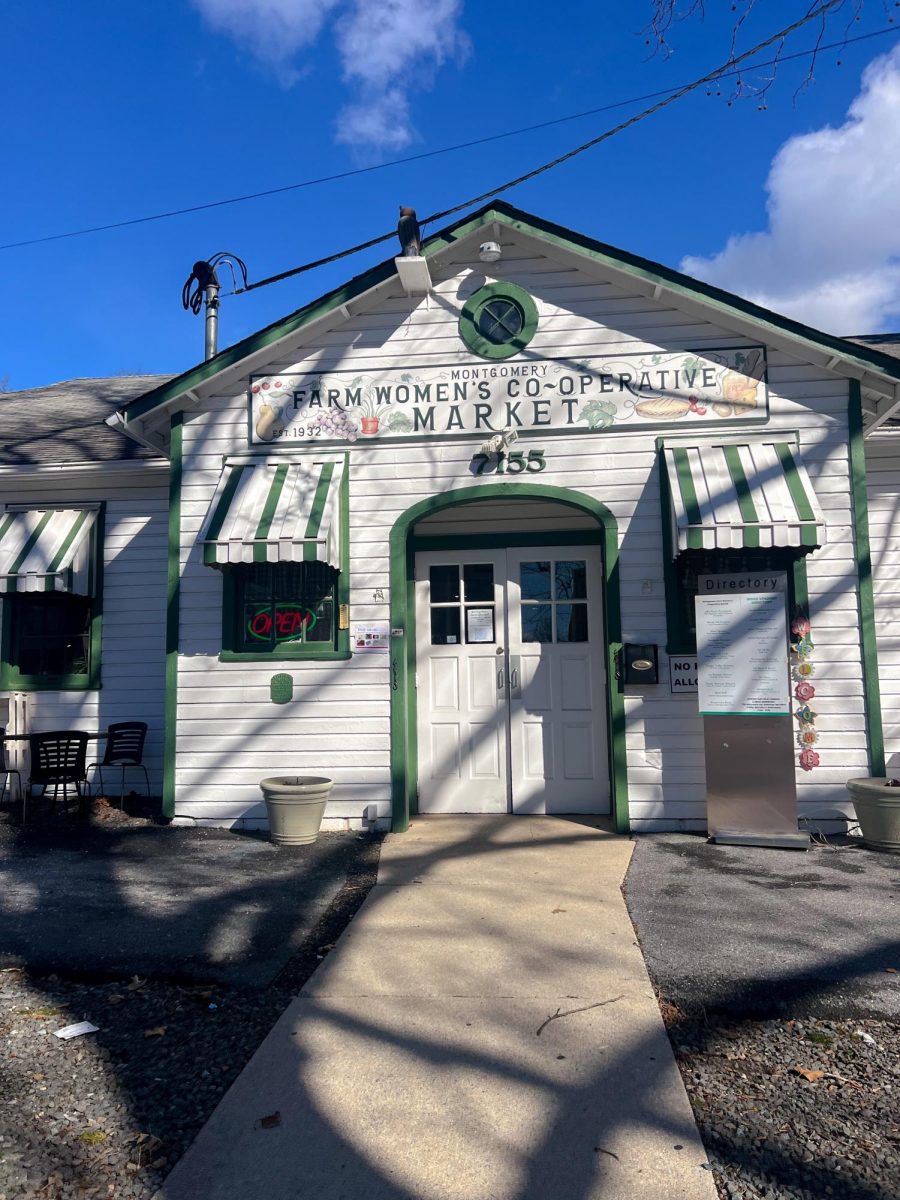In the midst of her struggles as an Afghan refugee, junior Somssyeh Kamyab relies on art for comfort and inspiration.
Kamyab has searched for a place to call home her entire life: a place where she is both safe from war and government censorship and has access to a full education. Having experienced loss and oppression first hand, Kamyab uses art to remind the Whitman community that world peace is not yet a reality.
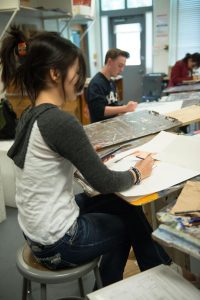
Kamyab is enrolled in AP Studio Art, where she has enhanced her love for painting and drawing. In the annual Festival of the Arts, she presented five paintings and nine charcoal drawings depicting people and places within the Middle East.
Kamyab’s art is largely inspired by her long journey to Whitman. Born in Mazar-i-Sharif, Afghanistan, Kamyab and her family fled the country when she was only two-years-old after the city became too dangerous. Along with over 900,000 other Afghan refugees, they resettled in Iran in hopes of a safer life.
Kamyab experienced personal loss from the conflicts in Afghanistan; her cousin was killed by the Taliban, an Islamic group of extremist fighters that has often violently clashed with the Afghan people.
“I am Muslim and Muslims have two parts, Shi’a and Sunni,” Kamyab said. “I am Shi’a and the Taliban doesn’t like the Shi’a, so they killed many Shi’a in Mazar-i-Sharif when my family lived there.”
But in Iran, many citizens began to show hostility towards their Afghan neighbors because of the influx of Afghan refugees. As a result, Kamyab’s family faced prejudice from the Iranian people and government.
Iran has violated their legal obligation to protect vulnerable groups, like Afghan refugees, from abuse, according to a report published by the Human Rights Watch. Thousands of refugees have been deported or kept in detention centers without due process.
“In Iran the government is so bad, so it was hard,” Kamyab said. “In Iran we didn’t have the war, so it was safe, but in the emotional way it was so bad.”
Since the Iranian government banned Afghan children from attending public schools, Kamyab’s family was forced to pay for a private Afghan school to teach the children basic reading and writing skills.
With their limited educational opportunities in Iran, Kamyab’s family moved to Ankara, Turkey, where the United Nations (U.N.) gave them official refugee status.
As Kamyab faced the difficulty of moving yet again, she turned to art to capture her emotions from these experiences. In a particularly emotional painting she included in the Festival, a little boy looks up at the viewer with his palms stretched out, pleading for money. Kamyab uses perception to focus on the child’s face and wide eyes while relying on other techniques to exhibit her sentiment.
“I use dark colors in my art to show the sadness of Afghanistan,” Kamyab said.
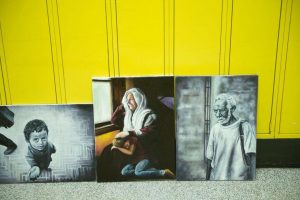
This recurring sense of sorrow is seen throughout her artwork. In addition to the emotions portrayed in her work, Kamyab’s art also incorporates diversity among the people she draws: younger and older subjects with ethnicities varying from Middle Eastern to African American. Among the paintings that depict children, one shows a little boy sitting on a staircase, his head between his legs, with clothing ripped at his shoulders and knees. A separate painting displays an older African American man glancing down at a satchel that he’s carrying at his side. The man’s eyes are closed, showing utter devastation.
For Kamyab, painting her memories on a canvas helps to preserve them. Though some pieces are plagued with sadness, others remind her of joys like her stay in Ankara, where she felt both safe and welcome.
“The Turkish people were so great; life was so good,” Kamyab said. “I loved the culture; It’s so close to my culture. It’s just the language was hard.”
After growing up speaking Farsi, Kamyab takes ESOL at Whitman to improve her English. Farsi, more commonly known as Persian, is spoken in different dialects in varying countries. For example, Western Persian is used in Iran, whereas Dari is spoken in Afghanistan, though the main differences lie only in the pronunciations and diction. In Ankara, her school helped her learn Turkish, though she struggled to conquer the language.
Kamyab said that although the schooling in Turkey was similar to that of Iran’s, in terms of the simplicity of her subjects, she was allowed to pursue her education free of political entanglement. She praised the Turkish government for having a democracy and free speech; this was Kamyab’s first time in a country where she could study and speak without government restrictions.
“The history we learned in Turkey was so different than in Iran because in Iran the government censors everything,” Kamyab said. “When you think about something, you cannot say it aloud. Living in Iran we had to be careful with what we said, but it was different in Turkey.”
After a year and a half in Turkey, the U.N. offered Kamyab and her brother an opportunity to live in the United States; Kamyab was grateful to leave Turkey, partly because she hoped to end her perpetual search for her identity.
“I didn’t know who I was. I wasn’t Afghan, I wasn’t Irani, I wasn’t Turkish, but if I came here [to the U.S.] they give me some paper to show who I am and where I belong,” Kamyab said.
In Bethesda, Kamyab was separated from her brother and placed in a home with an American host family. Although she is grateful to live at last in a stable environment, she sometimes struggles with cultural differences with her American family.
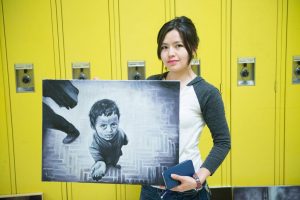
“Sometimes they don’t understand me,” Kamyab said. “And sometimes I don’t understand them because of the culture. But it’s not too bad.”
Despite difficulties with her new surroundings, Kamyab found her voice at Whitman through her art. She explained that her paintings are a tribute to everybody who is suffering. She described the tragedies of war and grieved for the children worldwide who don’t have parents. Kamyab wants Whitman to be informed of the pain that exists outside of Bethesda; she doesn’t want her peers’ sympathy, but rather she hopes to change students’ perceptions of global conflict.
“I’m from Afghanistan and I want to show people my culture,” she said. “I chose those pictures to show what it’s like there, to show the sadness there. [But] not just Afghanistan— everywhere. Every place that people lose their [lives] because of war, poverty and oppression.




